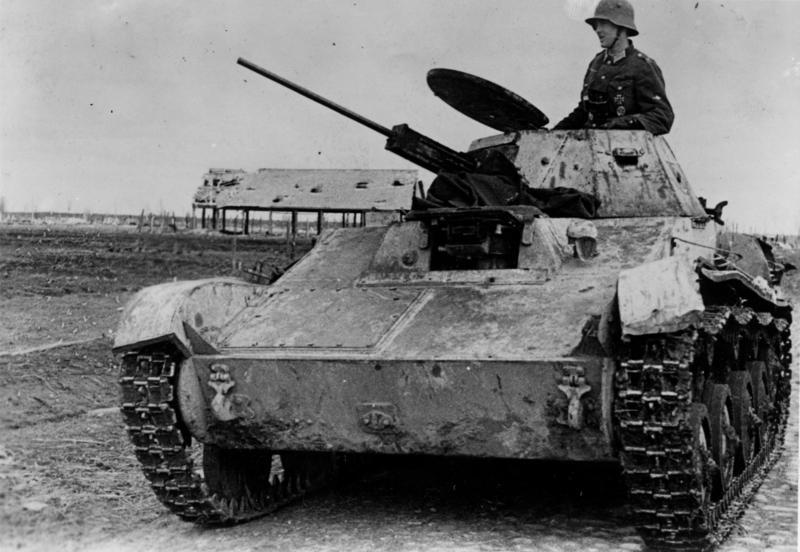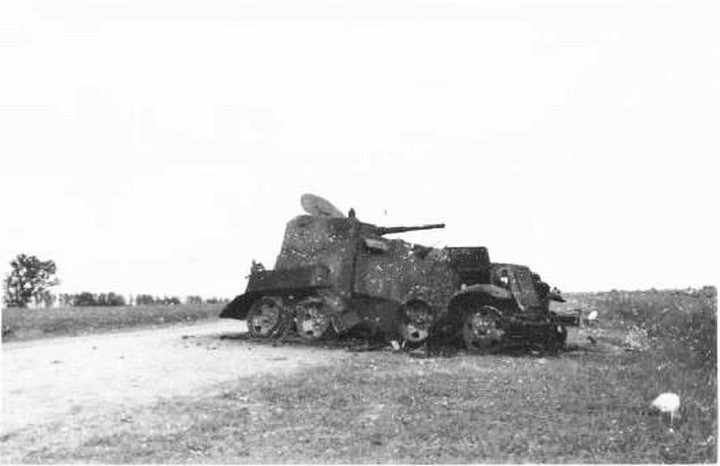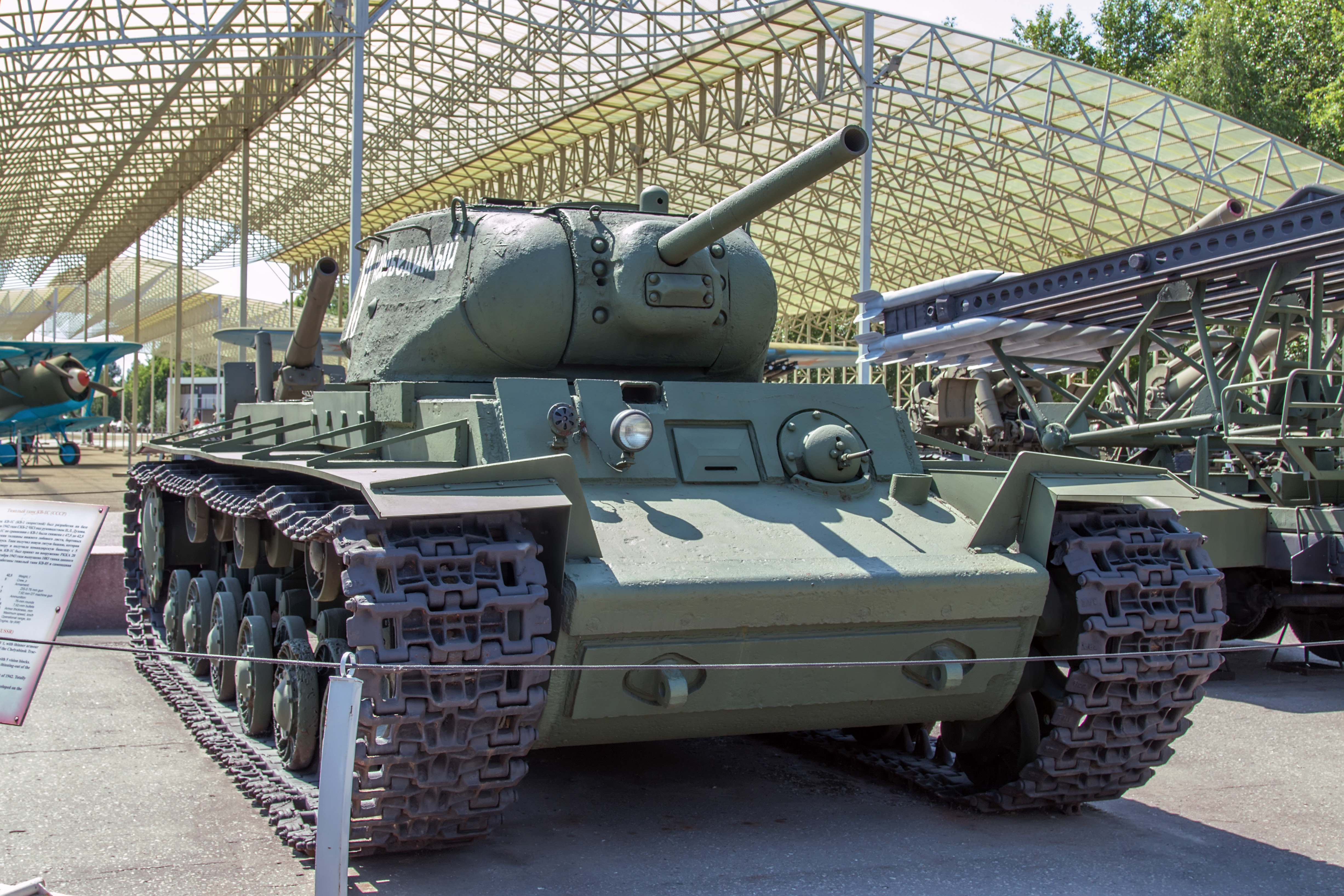|
Parola Tank Museum
Parola Tank Museum, officially ''Armoured Vehicle Museum'' (Finnish ''Panssarimuseo'') is a military museum located 110 kilometres north of Helsinki in Parola, near Hämeenlinna, Finland, a few kilometres from the Finnish Army Armoured Brigade training unit. It displays various tanks, armoured vehicles and anti-tank guns used by the Finnish Defence Forces throughout their history, including their latest Leopard 2A4 tank. A rare exhibit is an armoured train used in World War II. The museum was opened on June 18, 1961, when there were 19 tanks and 12 anti-tank guns on display. Full list of vehicles * Renault FT-17 * Vickers-Carden-Loyd * Vickers 6-ton * T-26 * T-28 * T-50 * T-60 * T-70 * BT-42 * T-34 * T-34-85 * JSU-152 * KV-1 * KV-1E * BA-20M * BA-10 * T-20 Komsomolets * T-54 * T-55M * T-72M1 * ZSU-57-2 * BTR-50 * BTR-60 * BTR-80 * BMP-1 * PT-76 * Leopard 2A4 * StuG ''III Ausf. G'' * Panzerkampfwagen IV * FAMO * Daimler Ferret * Sisu armoured car * Humber "Pig" ... [...More Info...] [...Related Items...] OR: [Wikipedia] [Google] [Baidu] |
Parola
Parola is an urban area in the municipality of Hattula in Finland. It is located 110 kilometres north of Helsinki. Cities nearby include Hämeenlinna, Tampere, Lahti and Forssa. Many Finnish young men know Parola because of their 6 to 12 month period of armed service at Parolannummi, where the Finnish Armoured Brigade is based. A famous local attraction is Parola Tank Museum Parola Tank Museum, officially ''Armoured Vehicle Museum'' (Finnish ''Panssarimuseo'') is a military museum located 110 kilometres north of Helsinki in Parola, near Hämeenlinna, Finland, a few kilometres from the Finnish Army Armoured Brigade t .... Hattula Villages in Finland {{SouthernFinland-geo-stub ... [...More Info...] [...Related Items...] OR: [Wikipedia] [Google] [Baidu] |
T-60
The T-60 scout tank was a light tank produced by the Soviet Union from 1941 to 1942. During this period, 6,292 units were built. The tank was designed to replace the obsolete T-38 amphibious scout tank and saw action during World War II. The Kingdom of Romania used the T-60 chassis to build some locally-designed tank destroyers. Design Nicholas Astrov's design team at Moscow Factory No. 37 was assigned the task of designing amphibious and non-amphibious scout tanks in 1938. They produced the T-30A and T-30B prototypes. The former was to be manufactured as the T-40 amphibious tank starting in 1940. The T-30B prototype, sharing the T-40's chassis but simpler in construction and with heavier armour, was accepted as the tank that is often known as T-60 scout tank, but it was very different from actual T-60 (often referred as "T-40" T-60/T-30). Development of the T-60 began in the first days of the German invasion. The new tank was to be a stopgap measure to restock the heavy lo ... [...More Info...] [...Related Items...] OR: [Wikipedia] [Google] [Baidu] |
BTR-50
The BTR-50 (BTR stands for ''Bronetransporter'' (БТР, Бронетранспортер), literally "armored transporter") is a Soviet amphibious armored personnel carrier (APC) based on the PT-76 light tank. The BTR-50 is tracked, unlike most in the BTR series, which are wheeled. The BTR-50 shares many similarities with two other APCs, the OT-62 TOPAS and the Type 77. While the OT-62 is an improved copy of the BTR-50 developed jointly by Czechoslovakia and Poland, the Type 77, based on the Type 63 amphibious light tank developed by the People's Republic of China (PRC), is not a copy of the BTR-50. Description Like the PT-76, the BTR-50 has a flat, boat-shaped hull. Unlike the PT-76, it has a new superstructure added to the front of the vehicle. The hull of the BTR-50 is made of all-welded steel with the crew compartment in the front, the troop compartment in the center and the engine compartment at the rear. It has the ability to transport up to 20 fully equipped infantr ... [...More Info...] [...Related Items...] OR: [Wikipedia] [Google] [Baidu] |
ZSU-57-2
The ZSU-57-2 Ob'yekt 500 is a Soviet self-propelled anti-aircraft gun (SPAAG), armed with two 57 mm autocannons. 'ZSU' stands for '' Zenitnaya Samokhodnaya Ustanovka'' (russian: link=no, Зенитная Самоходная Установка), meaning "anti-aircraft self-propelled mount", '57' stands for the bore of the armament in millimetres and '2' stands for the number of gun barrels. It was the first Soviet mass-produced tracked SPAAG. In the USSR it had the unofficial nickname "Sparka", meaning "twin mount", referring to the twin autocannon with which the vehicle is armed. Development history Origins During World War II, ground-attack aircraft emerged as a significant threat to mechanized units on the move. Conventional towed anti-aircraft artillery (AAA) was an inadequate response under such conditions owing to the time needed to bring anti-aircraft machine guns into action. This experience made it clear that an anti-aircraft tracked vehicle, armed with small- ... [...More Info...] [...Related Items...] OR: [Wikipedia] [Google] [Baidu] |
T-72M1
The T-72 is a family of Soviet Union, Soviet/Russian main battle tanks that entered production in 1969. The T-72 was a development of the T-64, which was troubled by high costs and its reliance on immature developmental technology. About 25,000 T-72 tanks have been built, and refurbishment has enabled many to remain in service for decades. It has been widely exported and has seen service in 40 countries and in numerous conflicts. The T-90 introduced in 1992 is a development of the T-72B; production and development of various modernized T-72 models continues today. Development Development from the T-64 The T-72 was a product of a rivalry between design teams. Kharkiv Morozov Machine Building Design Bureau, Morozov KB was led by Alexander Alexandrovich Morozov, Alexander Morozov in Kharkiv. Uralvagonzavod, Uralvagon KB was led by Leonid Kartsev in Nizhny Tagil. To improve on the T-62, two designs based on the tank were tested in 1964: Nizhny Tagil's Object 167 (T-62B) and Kharkiv ... [...More Info...] [...Related Items...] OR: [Wikipedia] [Google] [Baidu] |
T-55M
The T-54/T-55 tank series is the most widely used tank in the world and has seen service in over 50 countries. It has also served as the platform for a wide variety of specialty armored vehicles.Miller, David ''The great Book of Tanks'' Salamander Books London, England 2002 338-341 Halberstadt, Hans ''Inside the Great Tanks'' The Crowood Press Ltd. Wiltshire, England 1997 94-96 Current operators * – A number of T-55s were in service at the beginning of the 1992–1993 War in Abkhazia. These were all lost in the first four months of the fighting, at which point Abkhazian forces had captured 8 T-55s from the Georgians. At peak strength, there were 100 T-55s and T-72s in service. More than 50 T-55s and T-72s were in service in 2004. 87 T-55s and T-72s were in service before the 2008 South Ossetia war. Between 50 and 60 T-55s and T-72s are currently in service. * – 50 T-54s and 50 T-55s were ordered in 1961 from the Soviet Union and delivered between 1962 and 1964 (T-54s w ... [...More Info...] [...Related Items...] OR: [Wikipedia] [Google] [Baidu] |
T-54
The T-54 and T-55 tanks are a series of Soviet main battle tanks introduced in the years following the World War II, Second World War. The first T-54 prototype was completed at Nizhny Tagil by the end of 1945.Steven Zaloga, T-54 and T-55 Main Battle Tanks 1944–2004, p. 6 From the late 1950s, the T-54 eventually became the main tank for armoured units of the Soviet Army, armies of the Warsaw Pact countries, and many others. T-54s and T-55s have been involved in many of the world's armed conflicts since their introduction in the second half of the 20th century. The T-54/55 series is the most-produced tank in history. Estimated production numbers for the series range from 96,500 to 100,000. They were replaced by the T-62, T-64, T-72, T-80 and T-90 tanks in the Soviet and Russian Ground Forces, Russian armies, but remain in use by up to 50 other armies worldwide, some having received sophisticated retrofitting. During the Cold War, Soviet tanks never directly faced their NATO ... [...More Info...] [...Related Items...] OR: [Wikipedia] [Google] [Baidu] |
T-20 Komsomolets
T-20 armored tractor Komsomolets , an armored continuous track artillery tractor, tractor, the T-20 was a prime mover (tractor unit), prime mover vehicle used by the Soviet Union during the Winter War and World War II. Description The T-20 was designed in 1936 at the Ordzhonikidze Moscow Plant no.37. They were manufactured during 1937-1941 at Factory no. 37, as well as at Volgograd Tractor Factory, STZ and GAZ. The tractor was designed to tow light artillery pieces such as the 45 mm anti-tank gun M1937 (53-K), 45mm anti-tank gun and the M1938 mortar, 120mm heavy mortar. The tractor could tow the weapons themselves plus a small quantity of ammunition, usually towed in a Limbers and caissons, limber, along with up to six crewmen. Occasionally, two limbers were towed to increase the ammunition supply. The forward compartment provided space for the driver and vehicle commander. It was fully armored and had a ball-mounted DT machine gun. The rear compartment held the gun crews, seat ... [...More Info...] [...Related Items...] OR: [Wikipedia] [Google] [Baidu] |
BA-10
The BA-10 ( ru , Broneavtomobil 10, italic=yes) was an armored car developed in the Soviet Union in 1938 and produced through 1941. It was the most produced Soviet pre-1941 heavy armored car – 3311 were built in three versions. These versions were the BA-10, the BA-10M (improved version with new radio), and the BA-10ZhD (equipped for dual railway/road use). The basic BA-10 design was developed from the BA-3 and BA-6 heavy armored cars. It had an improved GAZ-AAA chassis and improved armor (up to 15mm at front and turret). It was intended that the BA-10 would be replaced in 1941 by the BA-11 with diesel engine and more sophisticated armor design, but the outbreak of war prevented BA-11 production. The BA-10 was in Red Army service until 1945. Significant numbers of captured BA-10s were used by Finland (at least 24), Germany and other Axis powers in Europe. Development During the late 1930s, Soviet armoured fighting vehicle designers incorporated sloped armor into all their ... [...More Info...] [...Related Items...] OR: [Wikipedia] [Google] [Baidu] |
BA-20M
The BA-20 (russian: Broneavtomobil 20, italic=yes) was an armored car developed in the Soviet Union in 1934. It was intended to replace the FAI and its field trials were completed in 1935. The BA-20 was then used in the early stages of World War II. Design and production The BA-20 armored car was developed in 1934 for use by HQ staffs, reconnaissance and communications units. It was derived from the civilian GAZ-M1 car using its chassis, which was itself a modified version of a Ford design, produced by the Nizhny Novgorod-based vehicle manufacturer GAZ. Full production of the BA-20 started in 1935. The chassis was built at the Nizhny Novgorod factory; the body was built at the Vyksinskiy plant, where final assembly of the BA-20 occurred as well. Service The principal use of the BA-20 was as a scout vehicle. The BA-20's tires were designed to be resistant to bullets and shrapnel by the simple expedient of filling them with spongey rubber. A variant, the BA-20ZhD, could travel ... [...More Info...] [...Related Items...] OR: [Wikipedia] [Google] [Baidu] |
KV-1
The Kliment Voroshilov (KV) tanks are a series of Soviet heavy tanks named after the Soviet defence commissar and politician Kliment Voroshilov who operated with the Red Army during World War II. The KV tanks were known for their heavy armour protection during the early stages of the war, especially during the first year of the German invasion of the Soviet Union. In certain situations, even a single KV-1 or KV-2 supported by infantry could halt German formations. The German ''Wehrmacht'' at that time rarely deployed its tanks against KVs, as their own armament was too poor to deal with the "''Russischer Koloss''" – "Russian Colossus". The KV tanks were practically immune to the 3.7 cm KwK 36 and howitzer-like, short-barreled 7.5 cm KwK 37 guns mounted, respectively, on the early Panzer III and Panzer IV tanks fielded by the invading German forces. Until the Germans developed more effective guns, the KV-1 was invulnerable to almost any German weapon except the 8.8 cm Flak gun. ... [...More Info...] [...Related Items...] OR: [Wikipedia] [Google] [Baidu] |
IS-2
The IS-2 (russian: ИС-2, sometimes romanized as JS-2The series name is an abbreviation of the name Joseph Stalin (russian: Иосиф Сталин); IS-2 is a direct transliteration of the Russian abbreviation, while JS-2 is an abbreviation of the English or German form of Stalin's name.) is a Soviet heavy tank, the first of the IS tank series named after the Soviet leader Joseph Stalin. It was developed and saw combat during World War II, and saw service in other Soviet allied countries after the war. Design and production Object 237 KV-85 and IS-85/IS-1 The KV-1 was criticized by its crews for its poor mobility and the lack of a larger caliber gun than the T-34 medium tank. It was much more expensive than the T-34, without having greater combat performance. Moscow ordered some KV-1 assembly lines to shift to T-34 production, leading to fears that KV-1 production would be halted and the SKB-2 design bureau, led by Kotin, closed. In 1942, this problem was partially addres ... [...More Info...] [...Related Items...] OR: [Wikipedia] [Google] [Baidu] |



.jpg)



